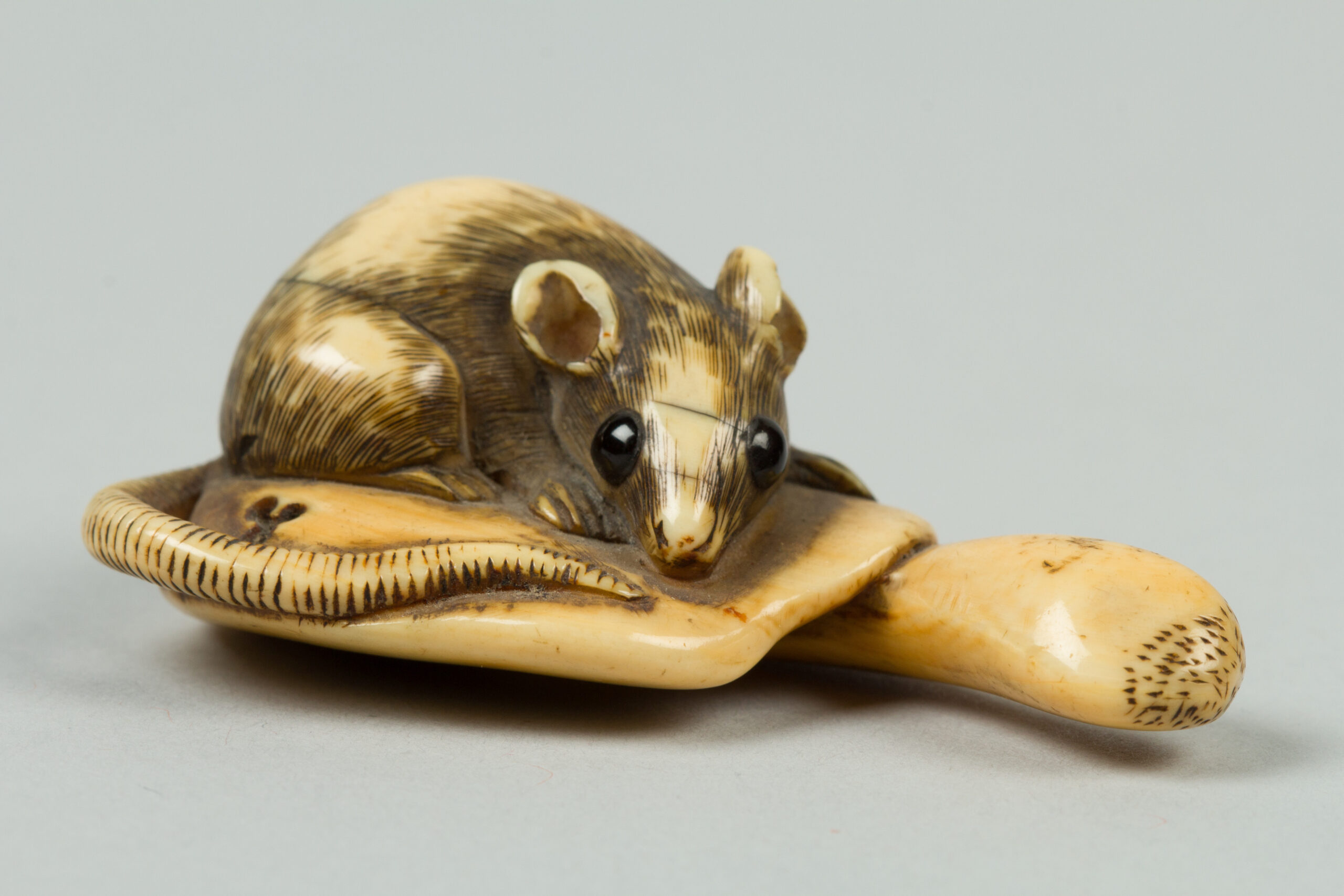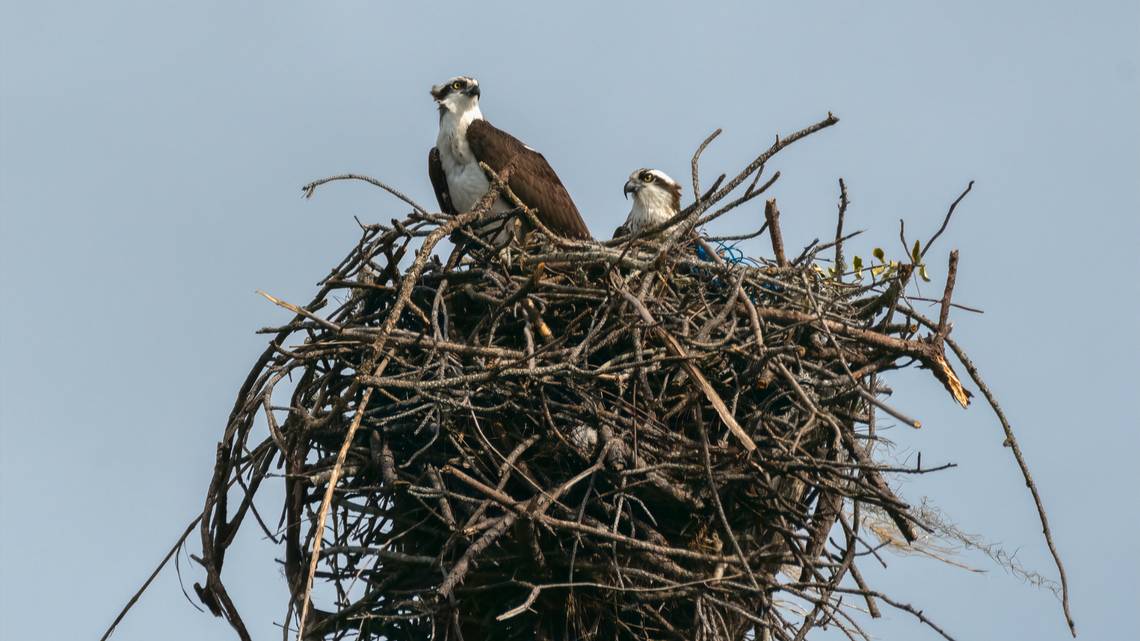
I was going through my memorabilia, and I came across my sand dollar, which I remember was given to me by friends who lived on the outer islands of South Carolina, to be precise where they had a house on Fripp Island. We stayed there a few times, and one of the memories which has stayed with me was seeing the osprey in the morning, the birds appearing to wake up with dawn.
I must say I do have fond memories of South Carolina because it was the place where I came to love scallops. The Gay Fish Company had their base on a nearby island in what is termed the low country, in other words a high class swamp. Their daily harvest of scallops was caught early, and these were notably large and sweet; one had to get down there early because when the catch was sold there were no more for the day. As I said, before staying there, I was not keen on scallops, but these Gay-harvested scallops changed my mind. I doubt if since I have ever had such large scallops with such flavour.
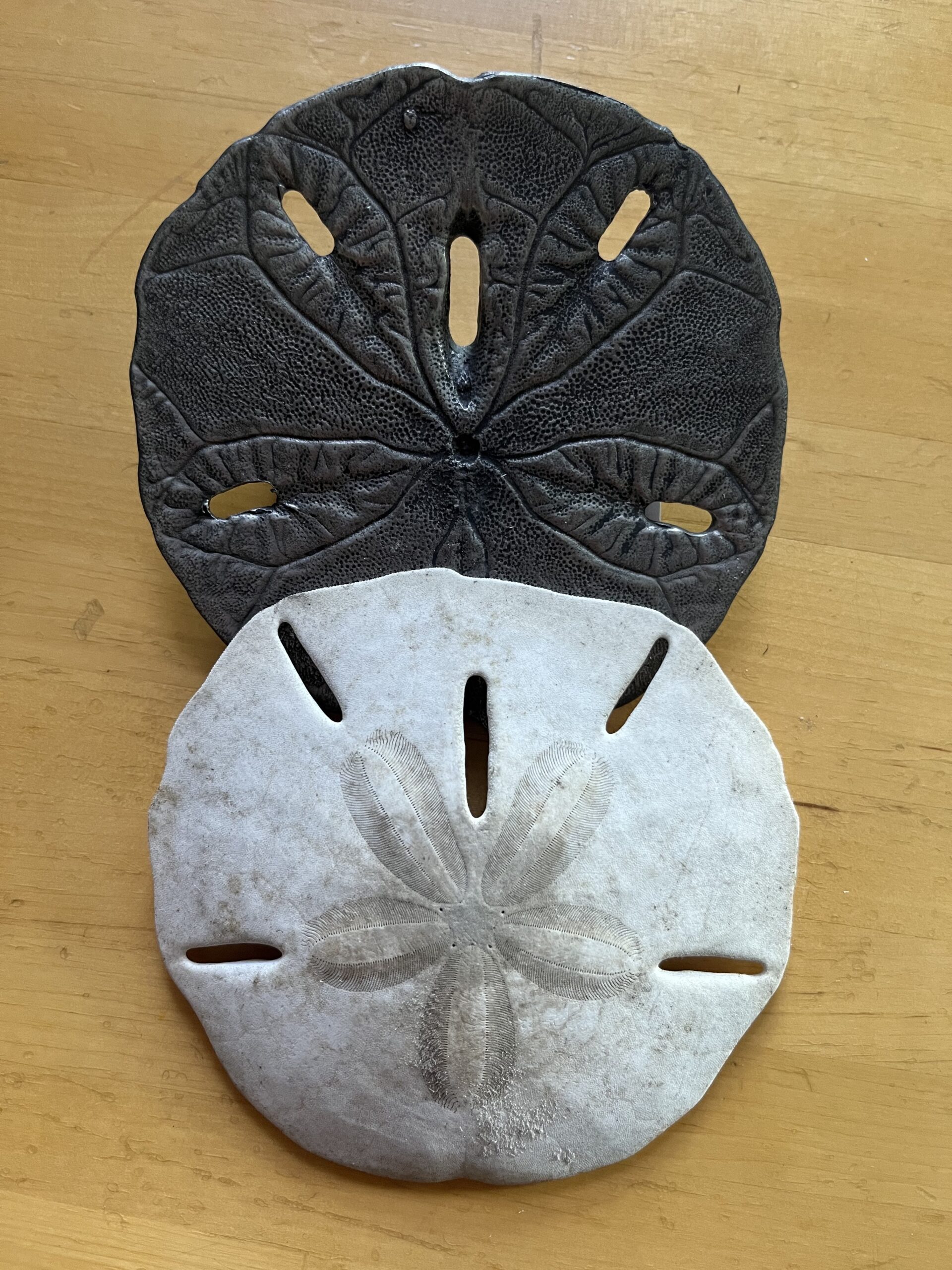 The sand dollar is also known as the Holy Ghost Shell, essentially the skeleton of a sea urchin. In South Carolina there are stiff penalties if one removes them live, but when they die, they are left as bleached calciferous discs. They are not uncommon, but as they tend to be fragile, by the time they get to the beach most are cracked or chipped. I have two – one the natural remnant and the other made from base metal which I was given as a present. The shells are full of Christian symbolism relating to Jesus Christ.
The sand dollar is also known as the Holy Ghost Shell, essentially the skeleton of a sea urchin. In South Carolina there are stiff penalties if one removes them live, but when they die, they are left as bleached calciferous discs. They are not uncommon, but as they tend to be fragile, by the time they get to the beach most are cracked or chipped. I have two – one the natural remnant and the other made from base metal which I was given as a present. The shells are full of Christian symbolism relating to Jesus Christ.
The following is a common description of this symbolism. It is said that Christ left the sand dollar as a symbol to help the evangelists teach the faith. The five holes commemorate the five wounds of Christ, while at the centre on one side blooms the Easter Lily, and at the lily’s heart is the Star of Bethlehem. The Christmas poinsettia is etched on the other side, a reminder of Christ’s birth. According to this legend, if you break the centre, five white doves will be released to spread goodwill and peace.
Biologically, sand dollars are small invertebrates with distinctive exoskeletons sporting a star shape at the centre of their disc-like bodies. The tube feet and keratinous spines covering their bodies make living sand dollars look and feel like velvet. Common colourations of sand dollars are grey, dark purple, pink, red and charcoal. When you pick them up, they’ll exude a yellow staining substance not unlike their relation, the sea urchin. Even though I associate the sand dollar with South Carolina, they are distributed worldwide and can live for up to ten years. The sand dollar is edible, but it seems only the Japanese regularly include it in their cuisine.
Living in this low country is somewhat of a lottery because of regular hurricanes, and our friends lost a new Volvo parked under their house – the pedantic might call it an undercroft filled with water. However, that is the problem. The times we were there the sun sparkled, the unreal emerald colour shone from the fairways and the nearby picturesque Beaufort, pronounced “Bue-fort” not “Beau–fort”, had that Southern charm. The islands – a string of privileged influence, which I doubt even the mystical sand dollar can save.
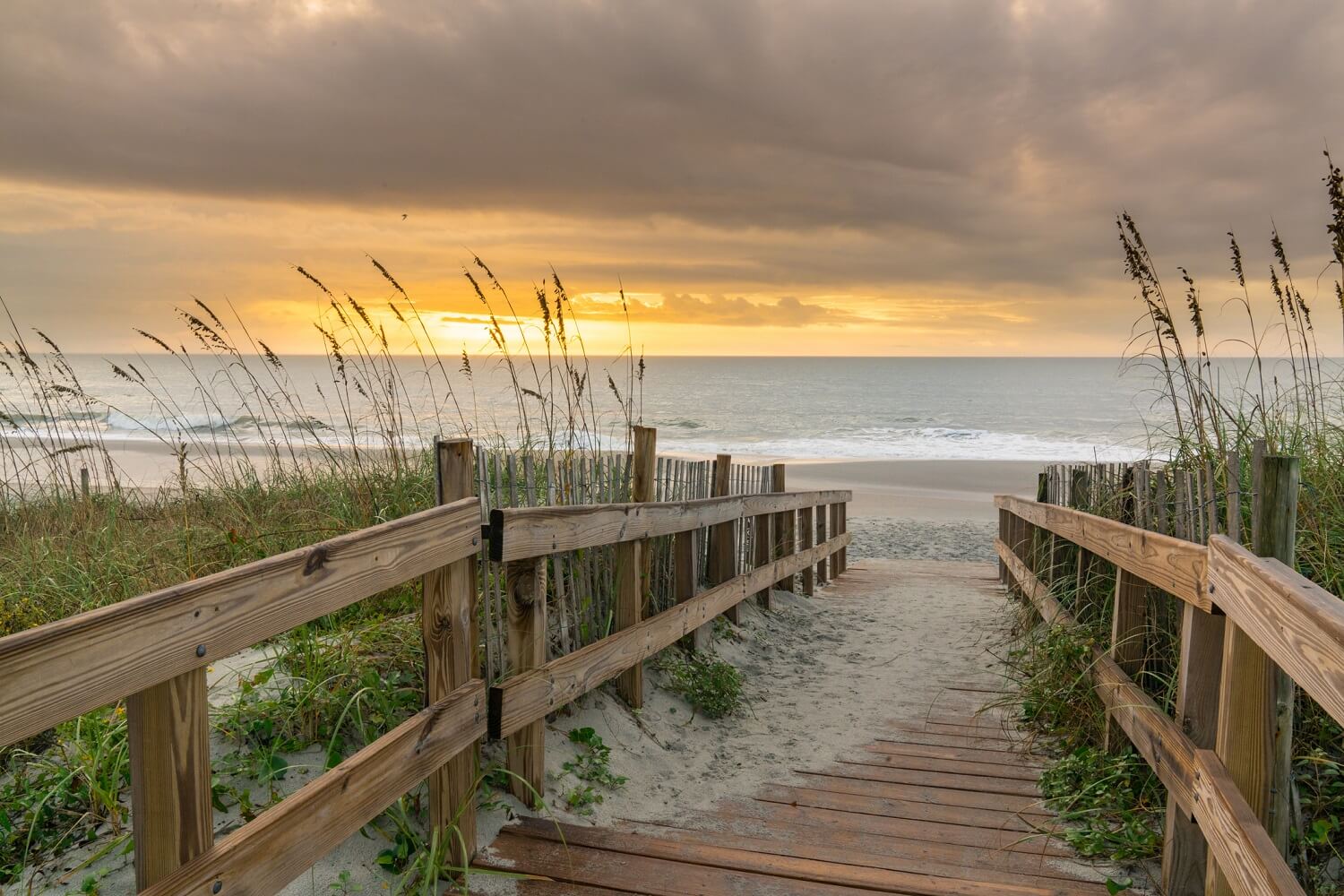
Massacres of Aboriginals – The role of the Aboriginal Trooper
I always wonder how the descendants of the Indigenous troopers rationalise their ancestors’ role in the massacre of their Aboriginal brothers and sisters. Have they issued apologies – do they walk as penitents to atone for their ancestors’ action?
I have been to two of the sites where major massacres of Aboriginals occurred, and where there are monuments to those killed.
The first of these is approached on a hill above Bingara in northern New South Wales. It is a plain granite rock, and the path winds because it is supposed to represent the rainbow servant. In relation to the victims, it was a particularly savage attack by whitefellas. The victims were mainly women and children, decapitated, dismembered and burnt. Seven of the perpetrators were subsequently tried and hanged, which was itself controversial at the time. The problem was that the execution hardened colonial attitudes against the Aboriginal people, rather than creating any sympathy for them.
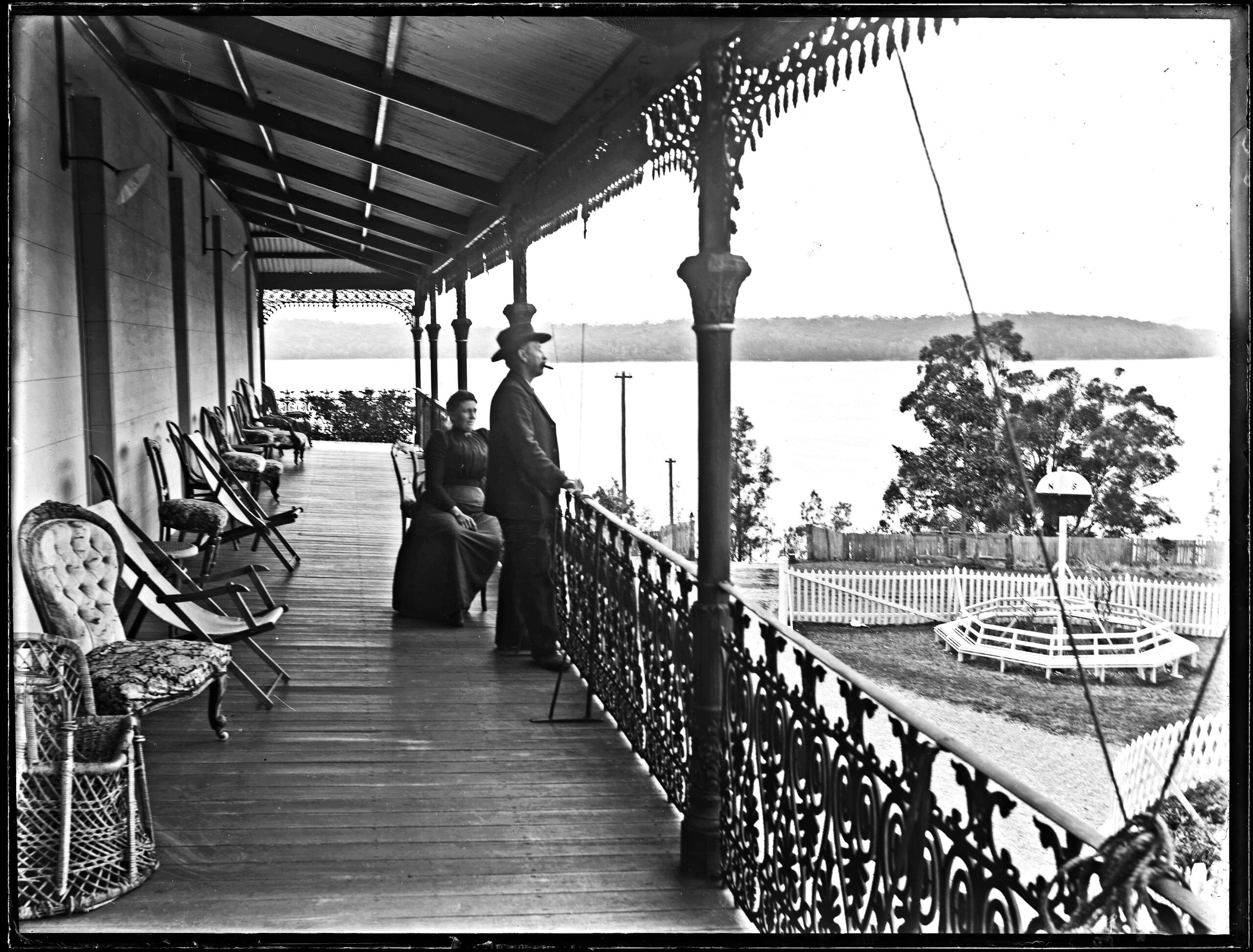
Previously, Major James Nunn, the Commandant of the New South Wales Mounted Police, had been sent from Sydney to lead a punitive expedition against the Aboriginal people who had killed stockmen in separate incidents. His response, however, was extreme. On 26 January 1838 Nunn and his men massacred Aboriginal people camped at Waterloo Creek. Contemporary reports were vague about the number massacred. Some suggested eight deaths, others put the figure at 40-50, while Reverend Lancelot Threlkeld, the Congregational minister and chronicler suggested it may have been more like 500.
Nunn also encouraged nearby stockmen and settlers to murder any Aboriginal person they came across. It was the opening salvo in the Myall Creek murders. I cannot find any evidence, at least not in the Threlkeld papers, that there were any Aboriginal troopers involved although Aboriginal men were recruited to the NSW Mounted Police. Rolf Boldrewood, in his reflections on his time spent as an early squatter in the Western District of Victoria, mentions the recruitment of Aboriginal troopers from the tribes around Tumut, hundreds of kilometres away. Native Police were recruited from 1837, only two years after the foundation of Melbourne and the opening up of the Port Phillip District.
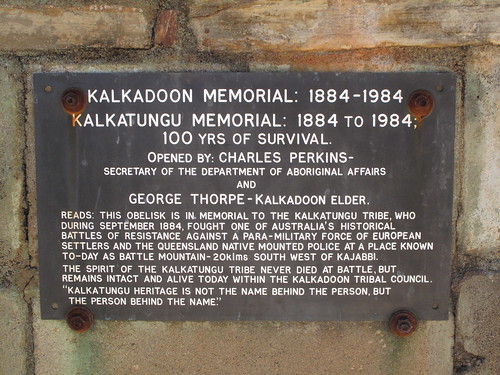 Queensland, by contrast, had a strong history of Aboriginal troopers. I remember coming back from Normanton in the Gulf Country via the back road to Cloncurry. Near the hamlet of Kajabbi, there is a cairn which was dedicated by Charlie Perkins and a Kalkadoon elder, George Thorpe, in 1984. The memorial commemorates one hundred years since the battle between Aboriginal tribes, in particular the Kalkadoon, and the native Mounted Police under Sub-Inspector Fred Urquhart. For eight years he commanded a huge swathe of Far Northern Queensland including not only the Gulf but also the whole of Cape York and Thursday Island.
Queensland, by contrast, had a strong history of Aboriginal troopers. I remember coming back from Normanton in the Gulf Country via the back road to Cloncurry. Near the hamlet of Kajabbi, there is a cairn which was dedicated by Charlie Perkins and a Kalkadoon elder, George Thorpe, in 1984. The memorial commemorates one hundred years since the battle between Aboriginal tribes, in particular the Kalkadoon, and the native Mounted Police under Sub-Inspector Fred Urquhart. For eight years he commanded a huge swathe of Far Northern Queensland including not only the Gulf but also the whole of Cape York and Thursday Island.
The Kalkadoon had been rustling the white settlers’ cattle, because the cattle had reduced the native wildlife. The Kalkadoon were used to hunting the native fauna and in its absence, the settlers’ cattle would do. The settlers called in the police and pitched battles were fought. On multiple occasions Urquhart was wounded, but this “heroism” was rewarded eventually by his becoming the head of this squad. The native police were recruited, far from where they were posted, and were known to be particularly brutal in these so-called “dispersals”.
In 1884, at least fifty Kalkadoon were killed in these so-called skirmishes.
I have been to these two places where Aboriginal people were murdered and memorials created. One was where the presence of native troopers was unproven; and probably not involved. The other there was definite involvement.
The fact is that Aboriginals in the employ of the whitefellas massacred their fellow Aboriginal people. Not the normal tribal warfare, which has pockmarked the concept of Australia of being some form of blackfella Shangri-la, if it were not for the Invaders.
The Aboriginal people love their myths. Uluru is a myth. Too much of what has happened has been airbrushed away, as the amount of meeting after meeting after meeting, with the same images – with people like Patrick Dodson trying to stir whitefella guilt by implying that Australia will lose moral authority if Australia does not vote “Yes”.
Where is the moral authority when your ancestors were murdering your fellow Aboriginal people. What do you say now about moral authority? Apologies for police actions have been undertaken by whitefellas; where is the blackfella apology?
Frederick Douglass Back on Stage
The following is a part of a text which was read out in Somerville on July 4. It comes from a speech made in 1852 by the slave emancipator, Frederick Douglass, born a slave in Maryland in 1817, but who escaped as a child.
It was on 5 July 1852 that Douglass delivered an address in the newly built Corinthian Hall in Rochester New York. This speech eventually became known as “What to the Slave is the Fourth of July?” One biographer called it “perhaps the greatest antislavery oration ever given”.
Like many abolitionists, Douglass believed that education would be crucial for African Americans to improve their lives; he was an early advocate for school desegregation. In the 1850s, Douglass observed that New York’s facilities and instruction for African American children were vastly inferior to those for European Americans. Douglass called for court action to open all schools to all children. He said that full inclusion within the educational system was a more pressing need for African Americans than political issues such as suffrage.
It is ironic that the Supreme Court has just struck down the affirmative action by tertiary education institutions. In the view of the Chief Justice John Roberts, the relevant part of the 14th Amendment, its equal protection clause, was meant to help bring about a colourblind society, not to support racial preferences. What is the difference when a Society is so heavily skewed to white privilege?
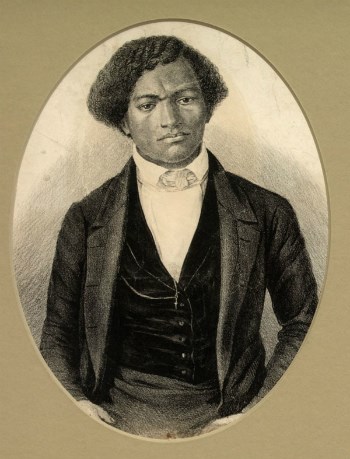
The Douglass speech is much longer than the speech made by Abraham Lincoln at Gettysburg, over a decade later, but it has the same gravitas, the same call to reform while invoking the ideal of the fledging Republic. The fact that slavery persisted so long in the USA has always cast a shadow over all the “high-falutin” oratory that was spun around in those years before, during and after the Civil War, when so many Americans killed one another just epitomises the conundrum of the “killing fields” in the land of the free. Over what? An enmity which persists to the present day linked to skin colour.
In the meantime, with the delivery of this speech originally made close to the 4th of July, for those in the audience in Somerville near Boston this week, this speech has been a reminder of the unhealed self-inflicted wounds that the Americans make on themselves.
Americans! Your republican politics, not less than your republican religion, are flagrantly inconsistent. You boast of your love of liberty, your superior civilization, and your pure Christianity, while the whole political power of the nation (as embodied in the two great political parties) is solemnly pledged to support and perpetuate the enslavement of three millions of your countrymen. You hurl your anathemas at the crowned headed tyrants of Russia and Austria, and pride yourselves on your Democratic institutions, while you yourselves consent to be the mere tools and bodyguards of the tyrants of Virginia and Carolina.
You invite to your shores, fugitives of oppression from abroad, honour them with banquets, greet them with ovations, cheer them, toast them, salute them, protect them, and pour out your money to them like water; but the fugitives from your own land you advertise, hunt, arrest, shoot and kill. You glory in your refinement and your universal education yet you maintain a system as barbarous and dreadful as ever stained the character of a nation—a system begun in avarice, supported in pride, and perpetuated in cruelty. You shed tears over fallen Hungary, and make the sad story of her wrongs the theme of your poets, statesmen and orators, till your gallant sons are ready to fly to arms to vindicate her cause against her oppressors; but, in regard to the ten thousand wrongs of the American slave, you would enforce the strictest silence, and would hail him as an enemy of the nation who dares to make those wrongs the subject of public discourse!
You are all on fire at the mention of liberty for France or for Ireland; but are as cold as an iceberg at the thought of liberty for the enslaved of America. You discourse eloquently on the dignity of labour; yet, you sustain a system which, in its very essence, casts a stigma upon labor. You can bare your bosom to the storm of British artillery to throw off a threepenny tax on tea; and yet wring the last hard-earned farthing from the grasp of the black laborers of your country. You profess to believe “that, of one blood, God made all nations of men to dwell on the face of all the earth,” and hath commanded all men, everywhere to love one another; yet you notoriously hate, (and glory in your hatred), all men whose skins are not coloured like your own. You declare, before the world, and are understood by the world to declare, that you “hold these truths to be self-evident, that all men are created equal; and are endowed by their Creator with certain inalienable rights; and that, among these are, life, liberty, and the pursuit of happiness;” and yet, you hold securely, in a bondage which, according to your own Thomas Jefferson, “is worse than ages of that which your fathers rose in rebellion to oppose,” a seventh part of the inhabitants of your country.
The Virgin Armenian

Gary Sturgess has left his mark on NSW.
ICAC was his idea.
Gladys Berejiklian has left her mark on NSW with her version of Bridget Jones’s Diary, as revealed in the ICAC folio.
What else?
Well, I have kept my own diary-blog during the Plague years, in which Premier Berejiklian figures prominently – one misstep after another, her feet firmly placed in her goody-two shoes.
The culmination of the idolatry came with the AFR article in April 2021 with Phillip Coorey cooing about the Woman who Saved Australia. There she was photographed in all her understated sultriness, swathed in virginal white, incongruously perched on the green benches of the Legislative Assembly.
I never could get that “saviour” line, given that the Ruby Princess fiasco occurred under her watch. And then it went on and on – and everybody praised her handling of the epidemic.
She was the third NSW Premier to be touched by the ICAC, and none have been bought to court. In fact, Greiner and Farrell have survived handsomely. After all, New South Wales has a tradition from the earliest days of letting those convicted of misdemeanours, if not felonies, to strut free. There is a list of parliamentary dross who have been convicted, including two of murder. Notwithstanding, there had not been any convictions for forty years, until “Buckets” Rex Jackson was convicted in 1987. Since the arrival of ICAC there have been more convictions than in all the years from 1987 back to 1891 when the first misdemeanour by a parliamentarian was reported.
As reported, in July 1999 Carmen Lawrence stood in the dock in Perth District Court silently mouthing the words “thank you, thank you, thank you” across the floor to the jury. Six men and six women had spent just 45 minutes deliberating before acquitting her of perjury after a trial lasting three weeks.
Carmen Lawrence would have been the third former Western Australian Premier in less than three years to be gaoled if she had been found guilty of having given false or misleading information to the 1995 Marks Royal Commission; the charges laid under section 24 of the Royal Commission Act 1968 carried a penalty of five years imprisonment.
Former Premiers Brian Burke and Ray O’Connor and former Deputy Premier David Parker all served time behind bars in the aftermath of the WA Inc Royal Commission. Brian Burke, in addition, was sentenced to three years jail after being convicted of stealing $122,585 from the Australian Labor Party between 1984 and 1985 to fund purchases for his own private stamp collection. The former Labor leader was also gaoled in late 1994 for fraud offences, but he was released after serving only seven months of a two-year term. In keeping with the traditions of NSW, Burke survived and went onto a successful career as a pro-business lobbyist, working in partnership with former ministerial colleague Julian Grill, also investigated by the CCC of WA, charged, but subsequently found not guilty of all charges.
In February 1995 the then 69-year-old former Premier Ray O’Connor also received a prison term after being found guilty in the Perth District Court of stealing a $25,000 cheque from Bond Corporation, which had been intended for Liberal Party campaign funds. O’Connor was originally given an 18-month jail term, but he was released after serving only six months. In September 1994 David Parker was sentenced to 18 months jail after being convicted of stealing $38,000 from his campaign accounts between 1986 and 1989.
So Western Australian Premiers have been especially naughty; but in Victoria there is a certain purity, the only convictions of parliamentarians have been for drink driving. In Queensland, after the Fitzgerald Inquiry, in 1991 the former Premier, Joh Bjelke-Petersen was lucky that he was not convicted of perjury, largely because of the actions of the trial foreman, Luke Shaw. This person was an avowed “friend” of Bjelke-Petersen and National Party activist. Bjelke-Petersen was not re-tried because of his age and subsequent development of a form of dementia.
Berejiklian seems to have a high degree of hubris and little shame about the findings of ICAC, but here was a situation where the Commissioner could not win. Ruth McColl is a stickler for process, but she is not a practitioner of the dark arts of NSW politics. Therefore, if she takes too long, essentially a value judgement of the current NSW Premier, then there must be legislative redress to assure “the quick and dirty”. This Premier really is a piece of work. If McColl had spent less time, that group surrounding Berejiklian would have launched an assault on the Commissioner that she had given insufficient time to consider the matters under referral. Nevertheless, I doubt whether Berejiklian saying that she wanted to spend more time with her family would bring any more incredulity than the idolatrous clamour from her claque is bringing upon her already.
What will be interesting is how Optus handles the situation. Does she damage the brand so that Optus, itself with a speckled reputation, is forced to release her back to the arms of her family.

There is an obvious question of probity, not just of some sort of stained Pollyanna. There is more to come. Influential members of the media are opposed to the secretive Armenian princess, and in the forthcoming travails of Daryl McGuire, it is inconceivable that she would not be mentioned in dispatches; plus, if she challenges the ICAC finding and expects her objections to be received in secret, she is living in fairyland.
In the meantime, those who have extolled Berejiklian should look to Plan B, because she has been spared by the drawn-out process, which in fact has provided a shield. That shield has gone; the decision is in.
Teddy Bairstow’s picnic
Lordy, Lordy! I believe gin is the preferred spirit of the game, but Pimm’s No. 1 Cup is gaining rapidly.

By the way, did you note the colour of the Lord’s tie. In our youth, we used to drink advocaat and cherry brandy – known colloquially among us medical students as blood and pus. Not that I would be that revolting.
Mouse Whisper
This mouse-myth is narrated by Herodotus, an unreliable Greek historian who lived in 5th century BC, and is said to have happened in Egypt. Whatever the truth, for we mice, it is entertaining. Sethôs was an Ethiopian priest who became the ruler of Egypt at a time when the state was under Ethiopian domination, somewhere in the early 7th century B.C. Apparently when Sethôs clambered up to the throne, he made a point of showing he couldn’t care less about the “warrior-class” of Egyptians. He thus found himself without an army when the Assyrian King Sennacherib invaded his country. Sethos fell asleep in the temple, and the god Hephæstus, appearing to him in a vision, told him that divine succour would come to the Egyptians. In the night before the battle, field-mice gnawed the quivers, the spears and the leather shield-handles of the Assyrians, who fled on finding themselves thus disarmed. “And now,” says Herodotus, “there stands a stone image of this king in the temple of Hephæstus, and in his hand a mouse, and there is this inscription, “Let who so look on me and be pious.”
